Back with another build, also my Proudest creation so far
The Sukhoi Su-30 (Russian: ????? ??-30; NATO reporting name: Flanker-C/G/H) is a twin-engine, two-seat supermaneuverable fighter aircraft developed in the Soviet Union by Russia's Sukhoi Aviation Corporation. It is a multirole fighter for all-weather, air-to-air interdiction missions. The Russian Aerospace Forces (VKS) were reported to have 130 Su-30SMs in operation as of 2024.[10]
AG1 DRAG CHUTE
AG2 PROBE FOR FUEL SHENANIGANS
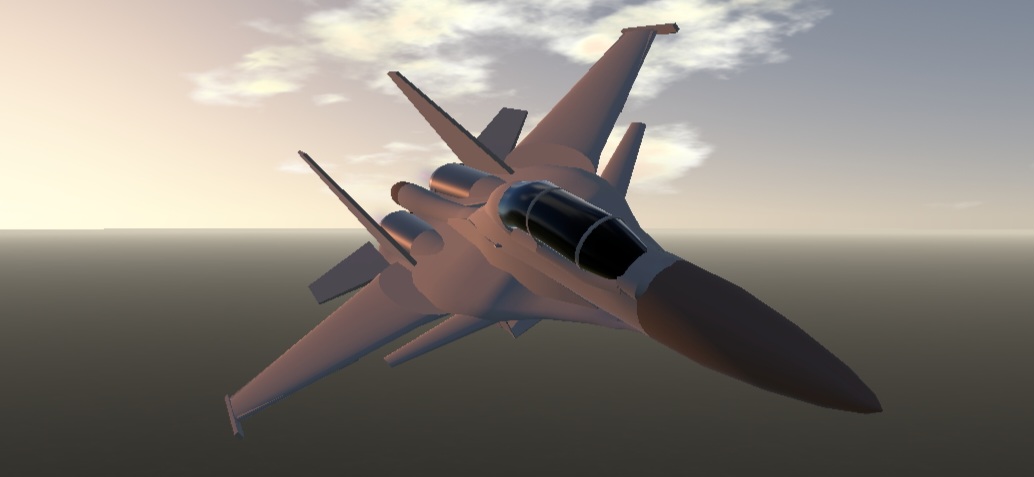

The Su-30 started as an internal development project in the Sukhoi Su-27 family by Sukhoi. From the Su-27UB two-seat trainer, the Su-27PU heavy interceptor was developed. The design plan was revamped and the Su-27PU was renamed to Su-30 by the Russian Defense Ministry in 1996. Of the Flanker family, the Su-27, Su-30, Su-33, Su-34 and Su-35 have been ordered into limited or serial production by the Russian Defense Ministry. Later, different export requirements split the Su-30 into two distinct version branches, manufactured by competing organizations: KnAAPO and the Irkut Corporation, both of which come under the Sukhoi aerospace group's umbrella.
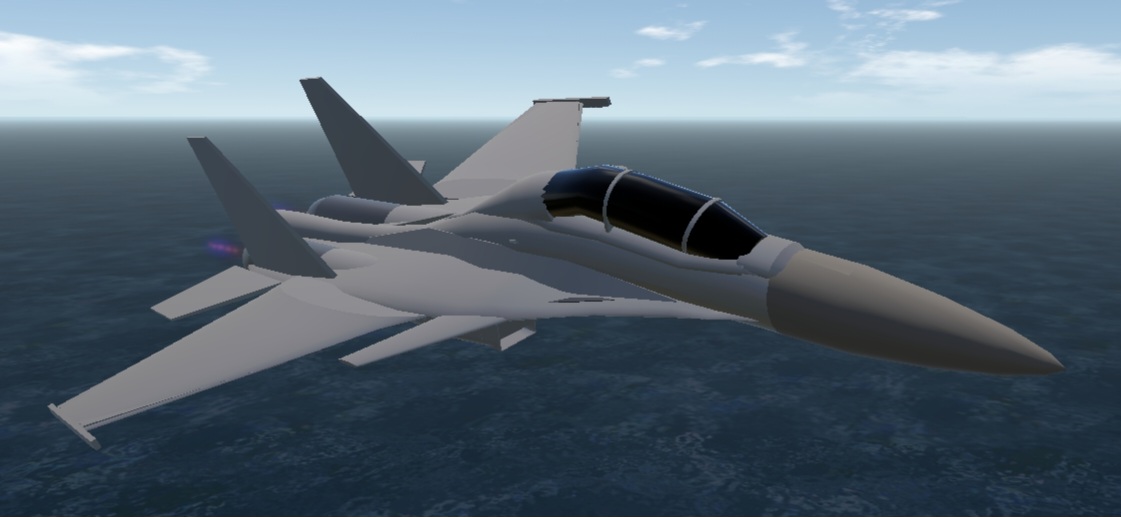
KnAAPO manufactures the Su-30MKK and the Su-30MK2, which were designed for and sold to China, and later Indonesia, Uganda, Venezuela, and Vietnam. Due to KnAAPO's involvement from the early stages of developing the Su-35, these are basically a two-seat version of the mid-1990s Su-35. The Chinese chose an older but lighter radar so the canards could be omitted in return for increased payload. It is a fighter with both air supremacy and attack capabilities, generally similar to the U.S. F-15E Strike Eagle.[11]
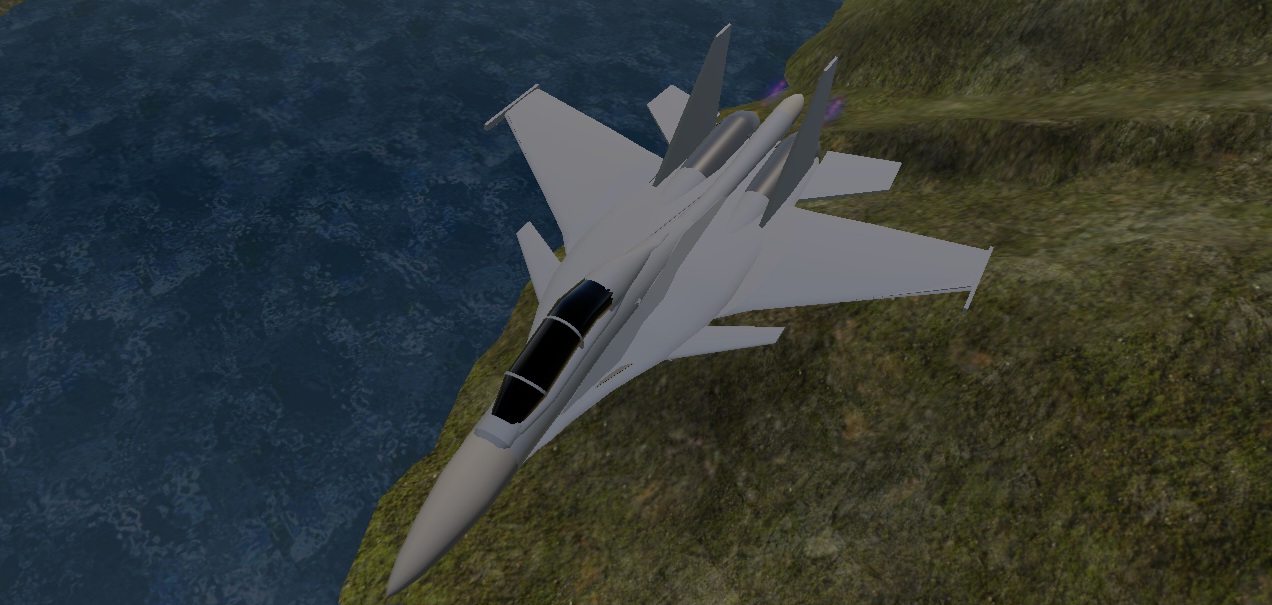
Irkut traditionally served the Soviet Air Defense and, in the early years of Flanker development, was responsible for manufacturing the Su-27UB, the two-seat trainer version. When India showed an interest in the Su-30, Irkut offered the multirole Su-30MKI, which originated as the Su-27UB modified with avionics appropriate for fighters. Along with its ground-attack capabilities, the series adds features for the air-superiority role, such as canards, thrust-vectoring, and a long-range phased-array radar. Its derivatives include the Su-30MKM, MKA, and SM for Malaysia, Algeria, and Russia respectively. The VKS operates several Su-30s and has ordered the Su-30SM variant as well.

While the original Su-27 had good range, it still did not have enough range for the Soviet Air Defense Forces (PVO, as opposed to VVS – the Soviet Air Force). The Air Defense Forces needed to cover the vast expanse of the Soviet Union. Hence, development began in 1986 on the Su-27PU, an improved-capability variant of the Su-27 capable of serving as a long-range interceptor or airborne command post.[12]
The two-seat Su-27UB combat trainer was selected as the basis for the Su-27PU, because it had the performance of a single-seat Su-27 with seating for two crew members. A "proof-of-concept" demonstrator flew 6 June 1987, and this sucon cess led to the kick-off of development work on two Su-27PU prototypes. The first Su-27PU flew at Irkutsk on 31 December 1989, and the first of three pre-production models flew on 14 April 1992.[13]
ARMAMENT
2X EXPERIMENTAL MULTIROLE MISSILES
1× GSH-30-1 MG
As always hope you enjoy:D, also ask me for future build ideas
Specifications
Spotlights
- DISHWASHER2005 3 months ago
General Characteristics
- Created On Android
- Wingspan 58.2ft (17.7m)
- Length 80.5ft (24.5m)
- Height 21.6ft (6.6m)
- Empty Weight 27,105lbs (12,294kg)
- Loaded Weight 35,108lbs (15,925kg)
Performance
- Power/Weight Ratio 2.88
- Wing Loading 56.5lbs/ft2 (275.8kg/m2)
- Wing Area 621.6ft2 (57.8m2)
- Drag Points 5890
Parts
- Number of Parts 152
- Control Surfaces 4
- Performance Cost 820

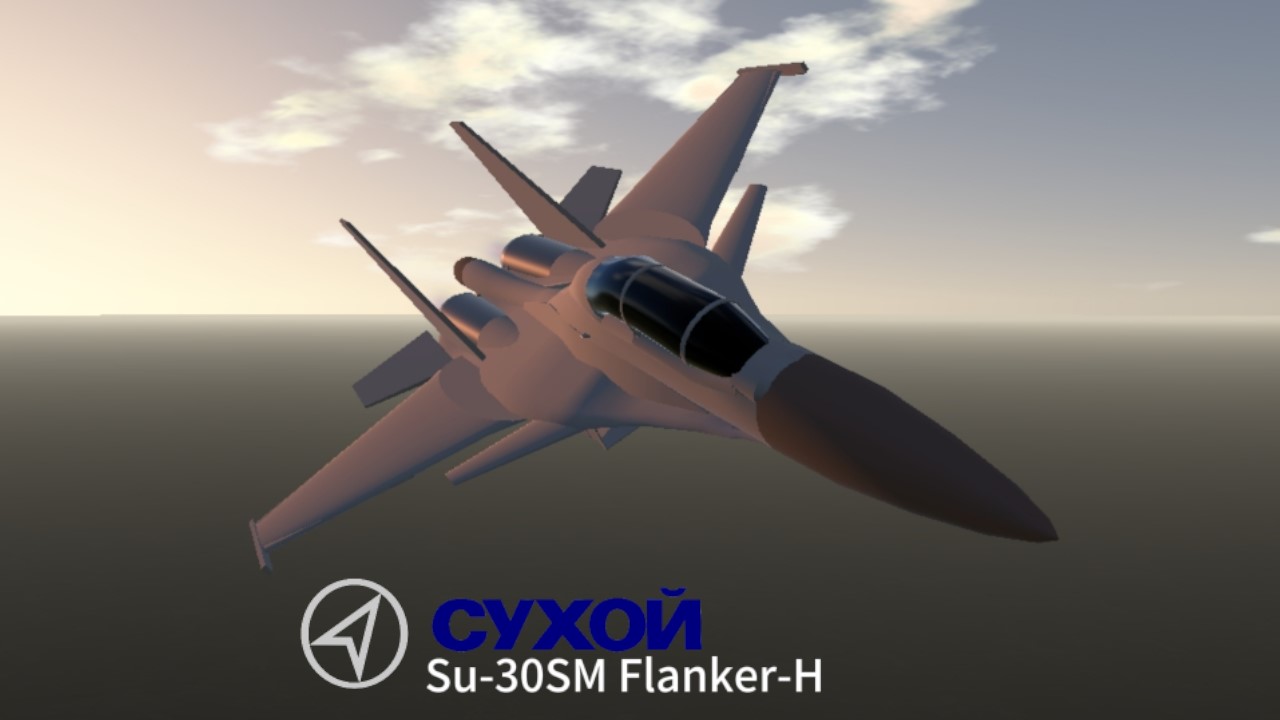
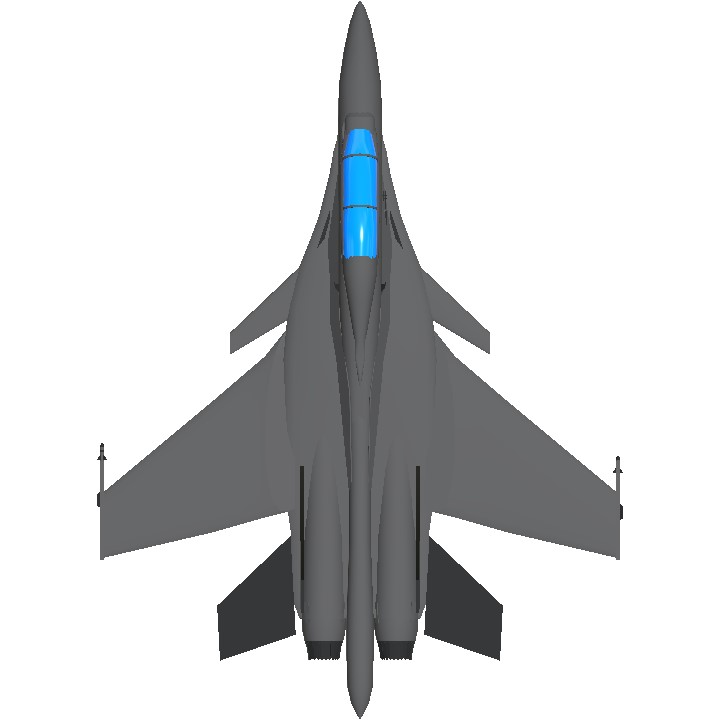
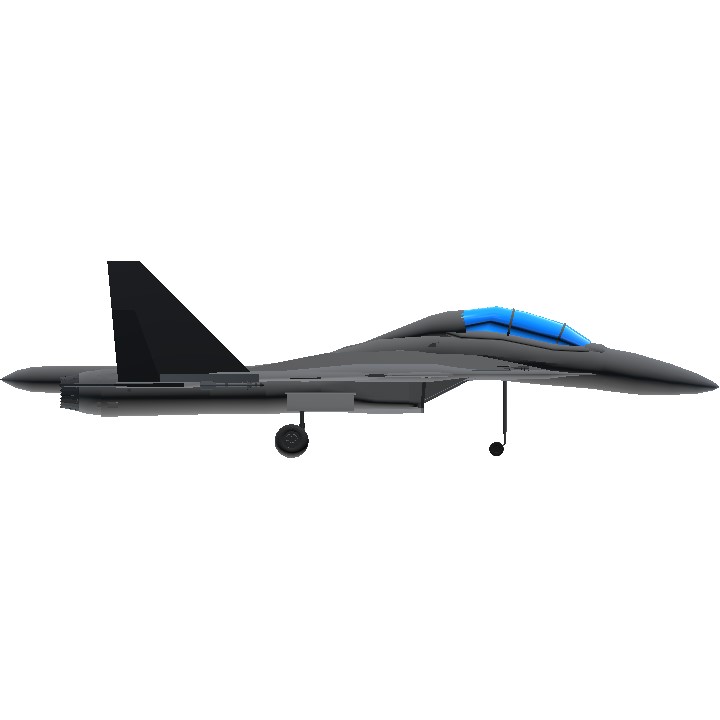
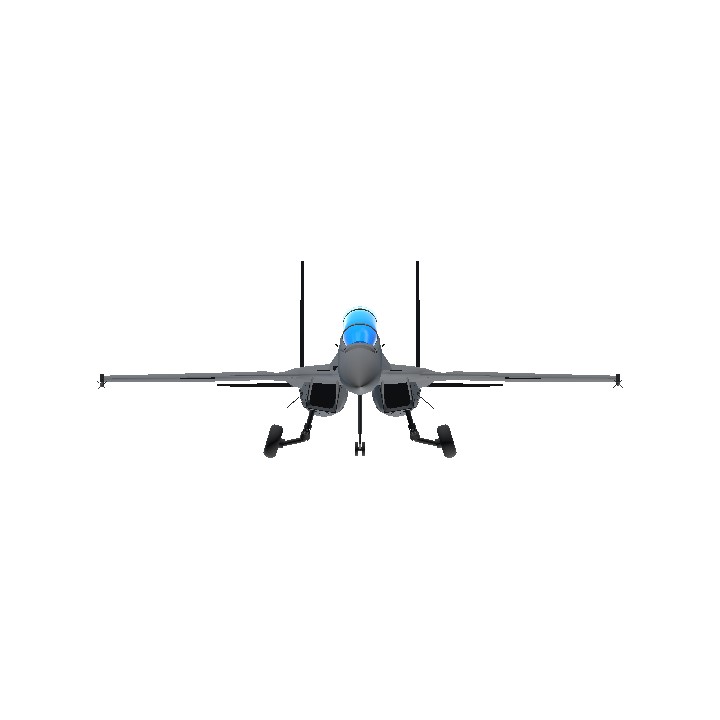
Omg Mihaly!?
Tag4
@GuardianAerospace
@Overlord5453
@Berulacraft
tag3
@NormalCv580enjoyer
@TheMouse
@DISHWASHER2005
tag2
@F16xl
@USAMustang
@Christiant2
tag1
@Chaunhkhoa
@TTL
@Rjenteissussy